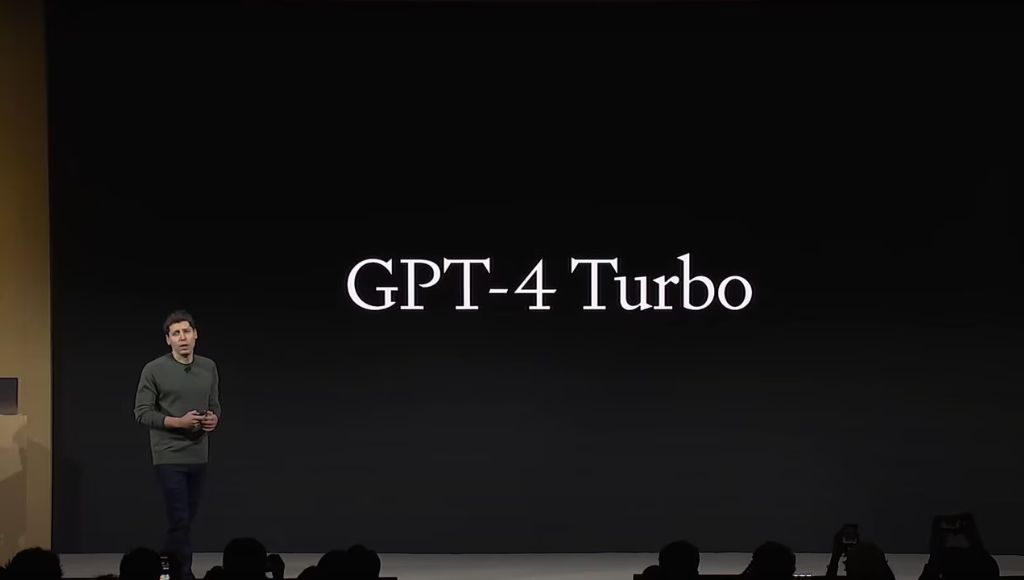IBM has taken the wraps off a groundbreaking analog AI chip prototype, designed to mimic the cognitive abilities of the human brain and excel at intricate computations across diverse deep neural network (DNN) tasks.
This novel chip’s potential extends beyond its capabilities. IBM asserts that this cutting-edge creation has the potential to revolutionize artificial intelligence, significantly enhancing its efficiency and diminishing the power drain it imposes on computers and smartphones.
Unveiling this technological marvel in a publication from IBM Research, the company states, “The fully integrated chip features 64 AIMC cores interconnected via an on-chip communication network. It also implements the digital activation functions and additional processing involved in individual convolutional layers and long short-term memory units.”
A Paradigm Shift in AI Computing
Fashioned within the confines of IBM Albany NanoTech Complex, this new analog AI chip comprises 64 analog in-memory compute cores. Drawing inspiration from the operational principles of neural networks within biological brains, IBM has ingeniously incorporated compact, time-based analog-to-digital converters into every tile or core. This design enables seamless transitions between the analog and digital domains.
Furthermore, each tile, or core, is equipped with lightweight digital processing units adept at executing uncomplicated nonlinear neuronal activation functions and scaling operations, as elaborated upon in an August 10 blog post by IBM.
A Potential Substitution for Existing Digital Chips
In the not-so-distant future, IBM’s prototype chip may very well take the place of the prevailing chips propelling resource-intensive AI applications in computers and mobile devices. Elucidating this perspective, the blog post continues, “A global digital processing unit is integrated into the middle of the chip that implements more complex operations that are critical for the execution of certain types of neural networks.”
As the market witnesses a surge in foundational models and generative AI tools, the efficacy and energy efficiency of conventional computing methods upon which these models rely are confronting their limits.
IBM has set its sights on bridging this gap. The company contends that many contemporary chips exhibit a segregation between their memory and processing components, consequently stymying computational speed. This dichotomy forces AI models to be stored within discrete memory locations, necessitating constant data shuffling between memory and processing units.
Drawing a parallel with traditional computers, Thanos Vasilopoulos, a researcher based at IBM’s Swiss research laboratory, underscores the potency of the human brain. He emphasizes that the human brain achieves remarkable performance while consuming minimal energy.
According to Vasilopoulos, the heightened energy efficiency of the IBM chip could usher in an era where “hefty and intricate workloads could be executed within energy-scarce or battery-constrained environments,” such as automobiles, mobile phones, and cameras.
He further envisions that cloud providers could leverage these chips to curtail energy expenditures and reduce their ecological footprint.






